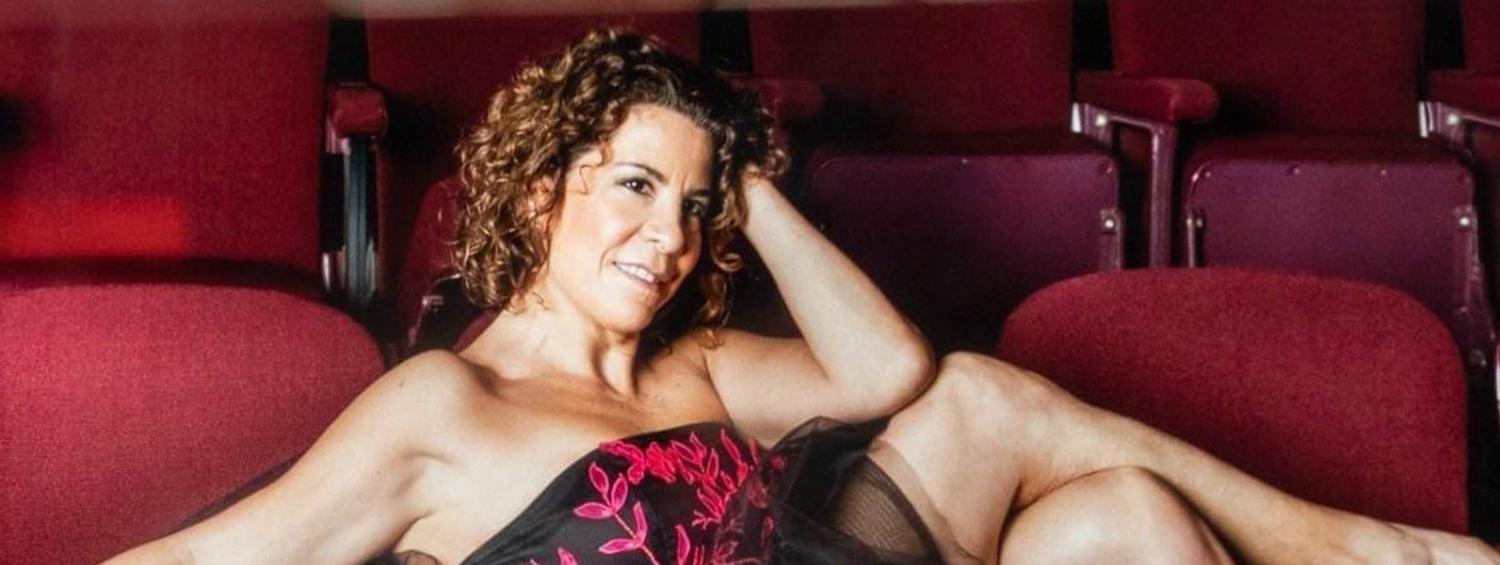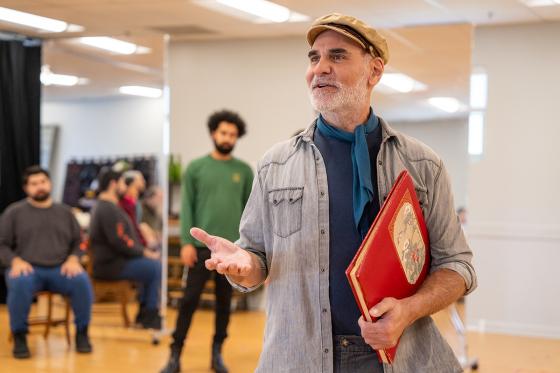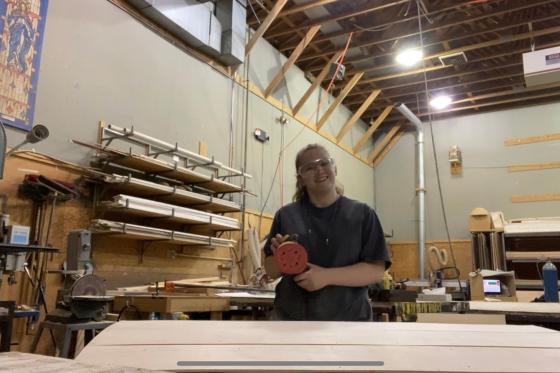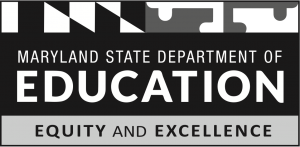Lorna Ventura is a veteran choreographer and performer with impressive credits on and off Broadway, as well as at regional theaters and on film and television. She is serving as the choreographer for Olney Theatre Center’s upcoming production of Fiddler on the Roof. Artistic and Dramaturgy Apprentice Ellen Powers had the chance to chat with Lorna about her career and working on this production. Check out the interview below!
How did you get your start as a performer and dancer?
I love to tell this anecdote because I think it’s so perfect. My Puerto Rican mother asked my Jewish grandmother to take me to a church basement, to take an African dance class. There were probably 12 or 14 drummers playing for this class, and I was just amazed. I went in, started taking the class and was enrolled into that studio that day. Dunham was my first form of dance, ballet, jazz and tap, from there. That was my first exposure to dance; I was probably about four or five.
My start as a performer - I went to LaGuardia High School for the Performing Arts. I studied concert dance, and toured nationally and internationally with different companies and jobs. I was drawn to musicals and theater, so I ultimately made my way into auditioning for Musical Theatre. My first job was summer stock at Bucks County Playhouse. I did Sweet Charity and Singing in the Rain, playing the roles of Carmen and Zelda Zanders.
What was it like making the switch to being a choreographer? When and how did that happen?
While on scholarship at Alvin Ailey American Dance theater, a choreographer named Ralph Farrington whose class I would take, approached me and asked if I would assist him. I didn’t actually know what that was, but I was like “sure.” It was my first exposure to working that way with a choreographer and it led me to other wonderful opportunities. I was fortunate enough to have many brilliant mentors allow me to work by their side and hone my craft as a creative and a performer.
While recovering from a serious injury, a friend of mine (Gordon Greenburg) asked if I would be the Associate Choreographer on a production of Jesus Christ Superstar with Billy Porter in the role of Jesus. I had just got out of my cast and was still in physical therapy, but I said, “sure.”
I didn’t know the choreographer, Ken Roberson, but we began to work together and fell in love immediately. The creative process was filled with exploration, discovery, problem solving and relationship building, it ignited my desire to work on the creative side of the table more fully. I saw how I could use my skill set and diverse training to tell stories through movement as both a director and choreographer.
How did you get involved with Olney Theatre Center’s production of Fiddler on the Roof?
I had the pleasure of working with Peter [Flynn] once before, he is a generous and thoughtful director. He asked if I would consider doing Fiddler? Fiddler has been on my bucket list for a very long time, but it’s very daunting to do such a beloved classic piece of theater. Peter had a very specific concept for the production, which excited me. I felt I could use my eclectic training to support his concept and find the universality in cultures through dance. All while honoring the beauty of the Jewish culture and of course the genius of Jerome Robbins.
As a choreographer, how do you create the dance/style for each show? Was there anything specific you did differently for this production of Fiddler on the Roof?
I don’t think it’s ever exactly the same. It really depends on the project, and the different variables, such as, time, casting, concept and support.
For this production I based a great deal of the movement on how I perceive and practice Judaism and Jewish faith. I believe that faith, prayer and believing in something is an internal energy that comes from deep within. It’s an extension of who we are, and an energy that feeds movement through our bodies in different ways. There’s so much that we do that connects to that, and it is a very individual experience. For me, Jewish prayer is very soulful. When I watch people in prayer, there’s something that happens in the body that takes over, and I felt like I wanted to tap into that as a seed for the movement throughout the show. They call it shuckling in Yiddish, but there is something about the movement that I see in various cultures. I was interested in exploring that. I started to play with this idea, and there was an organic reveal that some of the movement I was creating for Fiddler, was very similar to movement I could be doing for another show entirely, with a base in a completely different culture, whether it was Latinx, African, Indian or Japanese movement. There is so much that is a crossover in the foundations of how those movements breathe, pulse, lilt, lift. That intersection or collision is what interests me.
Then there are moments where it is just pure perfection and you must pay homage to the man Jerome Robbins and his genius; certain sequences had to be there. I still have a little spin on them or a light touch so they feel like our production. I allowed myself to approach certain numbers with a fresh take. Some pure musical theater fun, to contemporary movement that I’m using with the Fiddler. The Fiddler doesn’t play the fiddle, so we agreed that she would represent a more abstract theme. Hope, Tevye’s heart and the soul of the village. She is magical and our narrator in a way.
What are dance rehearsals like?
Every day is different. Some of the big dance numbers were very straightforward, with me teaching choreography sequences to the dancers in eights [counts of eight] first. Because I was unfamiliar with the cast and their dance training, I had to learn how they move. We have a very diverse and eclectic room of talent where everyone is so multifaceted and multitalented. I like to meet people where they are, find their strengths, really learn how things come out of their pores. So if you’re an actor or a singer or a dancer, I like to watch you and understand how you respond, and then I respond. So I’m giving you this structured movement, we’re learning style and execution and sequences, and then I go in and craft and carve and we find the balance together. We’re building together and exploring together in the moment. I’ve got to say the cast has been incredible; so game, doing the work, down for things, letting me throw everything at them. I work very, very quickly, and they’re staying with me. It’s been a lot of fun!
What do you hope audiences will take away from the dances in Fiddler on the Roof?
Jerome Robbins’ choreography in Fiddler is iconic and frankly perfect. If we were recreating the identical show that would be what was necessary. We are not a big Broadway revival of Fiddler, we are a point of view on the story, that honors it, and breathes something fresh into it, with grace and care. I hope audiences can experience it that way.
Is there anything else you would like to share about yourself as a person or a performer, or about this production?
The only thing I would add is that I come from a mixed background, but my Jewish heritage is traced to being an Ashkenazi Jew. When Peter asked me to work on this production, I said that I’d been yearning to do Fiddler for so many years, and I think it’s because it’s in the DNA. There’s something that happens when you hear that music and when you start to sit into that movement, and this story, that is so singularly Jewish and yet so completely universal. It was such a unique opportunity in this production to be able to use both sides of who I am, and also what I’ve studied and how I lead in life. I really was so grateful for that opportunity. I think it’s very unique; I feel lucky to be a part of this.






